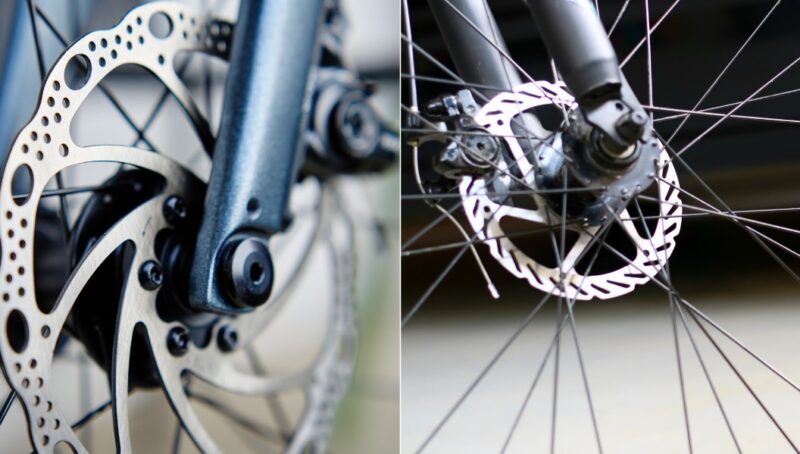When it comes to upgrading your bike’s brakes, disc brakes are the clear winner over traditional rim brakes. But once you’ve made the jump to discs, the next big question becomes: mechanical or hydraulic?
It’s a bit like choosing between manual and automatic cars—both get the job done, but in slightly different ways. So, let’s break it down.
Table of Contents
ToggleKey Differences
| Feature | Mechanical Disc Brakes | Hydraulic Disc Brakes |
| Braking Power | Good, but less powerful | Superior, strong, and consistent |
| Modulation | Less precise, harder to fine-tune | Excellent control and smooth adjustments |
| Maintenance | Simple, easy to repair | More complex, requires specialized care |
| Durability | Requires frequent adjustments | More durable, less frequent tuning |
| Weight | Slightly heavier | Lighter, especially at higher-end models |
| Cost | More affordable | Higher upfront and maintenance costs |
| Best for | Casual riding, commuting, touring | Mountain biking, performance cycling, technical terrain |
| Aesthetic | Bulky, basic design | Sleek, compact, and more streamlined |
The Basics
At their core, both mechanical and hydraulic disc brakes function by squeezing brake pads against a rotor attached to your wheel. This slows you down by converting your speed into heat.
The real difference between the two comes in how that force from your hand on the brake lever makes its way down to the caliper, the part that holds the brake pads.
- Mechanical Disc Brakes: These work by pulling a cable when you squeeze the brake lever. It’s like the brakes you’ve seen on bikes for years, just with a disc instead of a rim.
- Hydraulic Disc Brakes: Hydraulics are a bit more sophisticated. Instead of a cable, they use a fluid-filled system. Squeeze the lever, and that pressure moves fluid through hoses, forcing pistons in the caliper to push the pads against the rotor.
Braking Power & Stopping on a Dime
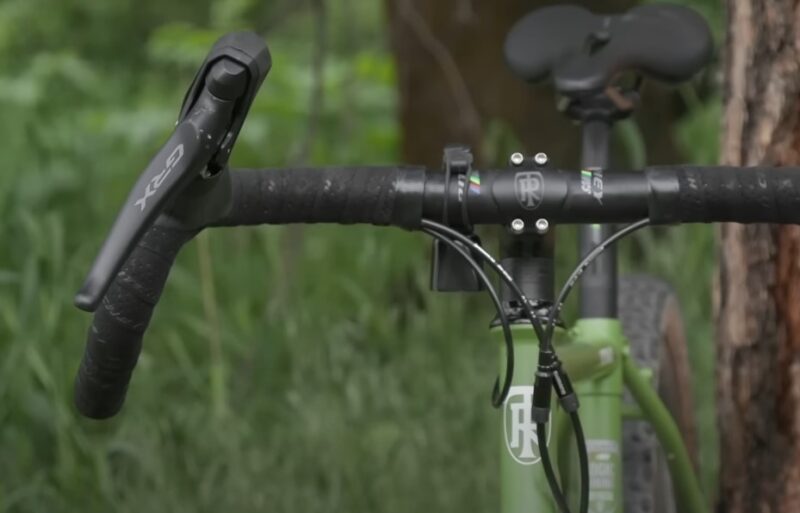
Hydraulic Brakes really shine when it comes to braking power. The fluid system allows for a more even distribution of pressure across the caliper, meaning both pads press against the rotor at the same time with significant force.
You can really feel the power in a single, smooth squeeze, making them especially good for mountain bikers tackling steep descents or road cyclists needing reliable stops at high speeds.
Mechanical Brakes, while still effective, often feel like they need a bit more muscle. Because only one pad moves and the other stays put, there’s a bit more wear over time, which can also lead to less consistent braking power unless you’re diligent about adjusting them.
For casual riders or commuters, the power is usually more than enough. But if you’re regularly charging down technical trails, you’ll notice the difference in hydraulic power pretty quickly.
So, in terms of stopping power:
- Hydraulics: Superior, more consistent force
- Mechanicals: Less power but adequate for everyday use
Modulation and Control
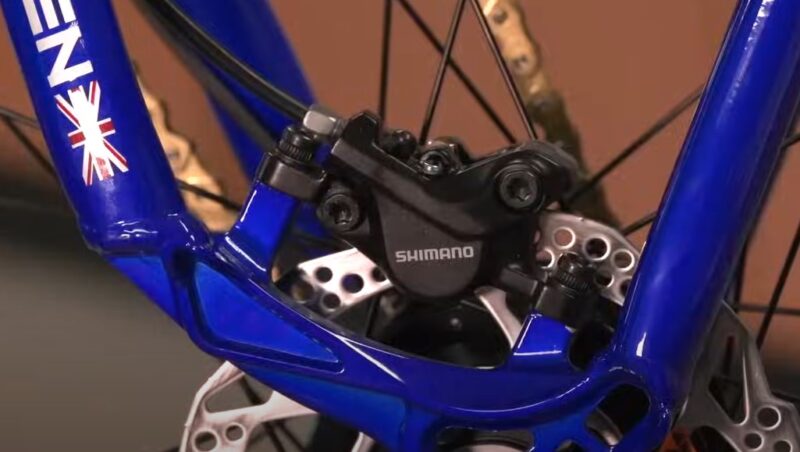
Braking isn’t just about slamming on the brakes; it’s about controlling how much braking force you apply at any given moment. This is where modulation comes in—a term bikers throw around to describe how well you can fine-tune your braking force.
Hydraulic Brakes offer stellar modulation. Since the pressure in the system is fluid-driven, you get smooth, gradual increases in braking force. This means you can brake lightly with a gentle pull or come to a rapid stop with a firm squeeze.
It’s intuitive and gives you a lot of control, which is particularly handy on technical trails or in slippery conditions.
Mechanical Brakes, on the other hand, aren’t as smooth. The feel at the lever is often a bit more abrupt—you pull harder, you stop faster, but there’s less room for those subtle adjustments.
This doesn’t mean they’re bad; it just requires a little more attention when fine-tuning how much pressure to apply.
When it comes to control:
- Hydraulics: Excellent for precision braking and smooth transitions
- Mechanicals: Less smooth, but still manageable with practice
Maintenance & Keeping Things Running Smoothly
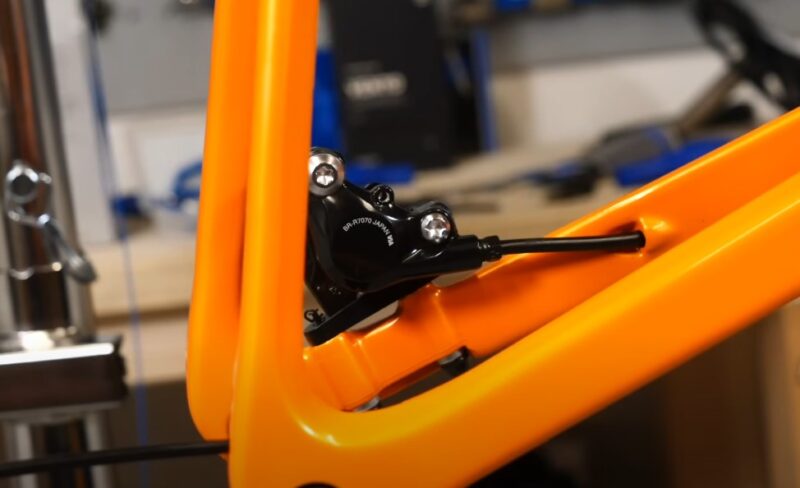
One of the biggest factors for many riders is how much time and effort they’re willing to put into maintenance. Let’s face it—bike brakes, like anything, need care from time to time.
Mechanical Brakes are like the trusty old tool you can always rely on. They’re simple, familiar, and easy to fix. If your brake cable stretches, it’s a quick fix. If the pads wear out, they’re easy to swap.
You don’t have to worry about fluid leaks or air bubbles messing things up. For bike commuters or long-distance touring cyclists who want to be self-reliant, mechanical brakes offer that peace of mind.
Hydraulic Brakes, while generally more reliable once set up, require a bit more know-how when things go wrong. Hydraulic systems can develop air bubbles or leaks, which means you’ll need to bleed the brakes—something that requires a bit more skill and the right tools.
In the maintenance department:
- Mechanicals: Easier to maintain and fix on the fly
- Hydraulics: Require more specialized care but tend to need it less frequently
Weight and Aesthetics
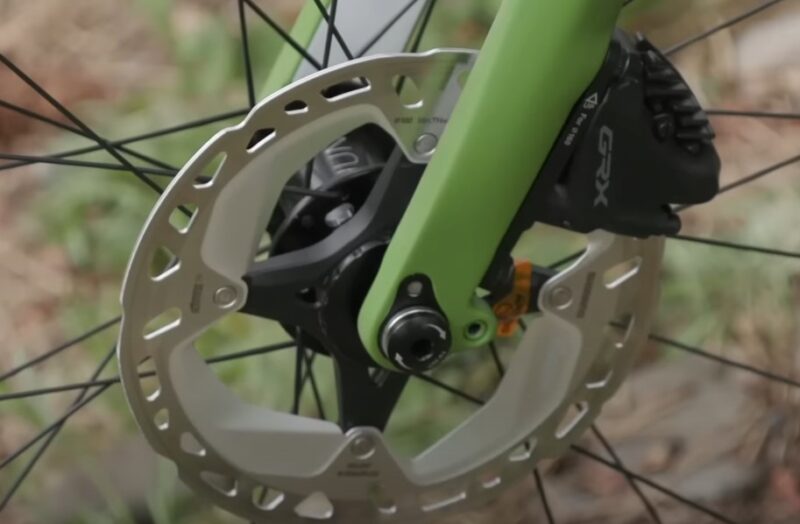
For most riders, weight might not be a dealbreaker, but it’s still worth noting.
Mechanical Brakes tend to be slightly heavier than hydraulics, largely because of the steel cables and mechanical calipers. But unless you’re a racer counting every gram, the difference isn’t massive.
Hydraulic Brakes are generally sleeker and lighter. The hoses are lighter than cables, and high-end hydraulic calipers are more compact. So, for performance-driven cyclists, this could be a nice bonus.
In terms of weight and style:
- Mechanicals: Heavier, bulkier, but still dependable
- Hydraulics: Lighter and more streamlined
Cost
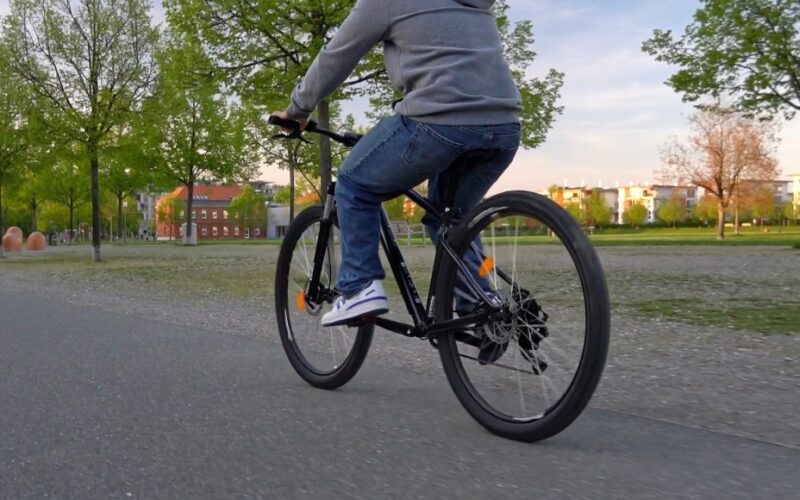
Money matters, and disc brakes can range from affordable to downright expensive depending on what you’re looking for.
Mechanical Brakes are the budget-friendly option. They’re simpler to manufacture and easier to install, which means lower upfront costs. You’ll see them on most entry-level bikes, and they’re perfectly fine for riders who aren’t looking to spend too much.
Hydraulic Brakes, being more advanced, tend to come with a higher price tag. They’re more expensive upfront and may also require pricier parts or labor for repairs and maintenance. But for many cyclists, the performance benefits are worth the extra cost.
In terms of cost:
- Mechanicals: Affordable and great for those on a budget
- Hydraulics: Pricier but worth it for the performance boost
Which Should You Choose In Real World Scenarios?
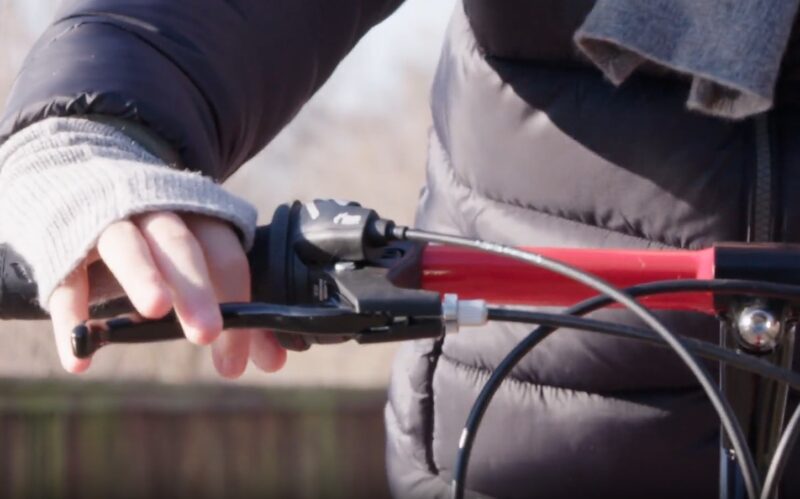
Every cyclist is different, so let’s look at a few common scenarios to help make sense of which braking system might suit your needs.
Road Cycling
If you’re a road cyclist, you can’t go wrong with either system. Hydraulics might be more appealing for their lightweight feel and better modulation, especially if you’re flying down long descents.
But if you’re more of a casual rider, mechanicals will offer plenty of stopping power with easier maintenance.
Mountain Biking
Here’s where hydraulic brakes really pull ahead. The extra power and modulation make a huge difference on technical trails, steep descents, and in muddy or rocky conditions. If you’re serious about mountain biking, investing in hydraulics is worth it.
Commuting or Touring

For daily commutes or long-distance touring, mechanical brakes have the edge. Their ease of maintenance means you can handle most repairs yourself, and they’ll still give you enough stopping power to navigate city streets or loaded bikes on long trips.
Making the Right Choice
So, which should you choose? It boils down to your riding style, how much maintenance you’re comfortable with, and your budget. If you’re all about performance, tackling tough terrain, and willing to deal with a bit more maintenance, hydraulic brakes will reward you with powerful, responsive stopping power.
But if you’re looking for simplicity, reliability, and a more budget-friendly option, mechanical brakes might be the perfect fit. No matter what you choose, both systems offer a major upgrade from traditional rim brakes.
So, get out there, ride, and enjoy the confidence that comes with a great set of disc brakes!
Related Posts:
- Bike Brakes Explained: Disc Brakes vs Rim Brakes vs V-Brakes
- Are Drum Brakes Outdated? Pros and Cons for Bikers
- How Much Does a Yamaha Dirt Bike Cost? Top Models and Prices
- What Is a Class 4 E-bike? - Speed, Power, and Performance
- How Fast Can a 50cc Moped Go? - Speed, Performance,…
- GT Men’s Aggressor Pro Mountain Bike - Pros, Cons,…

